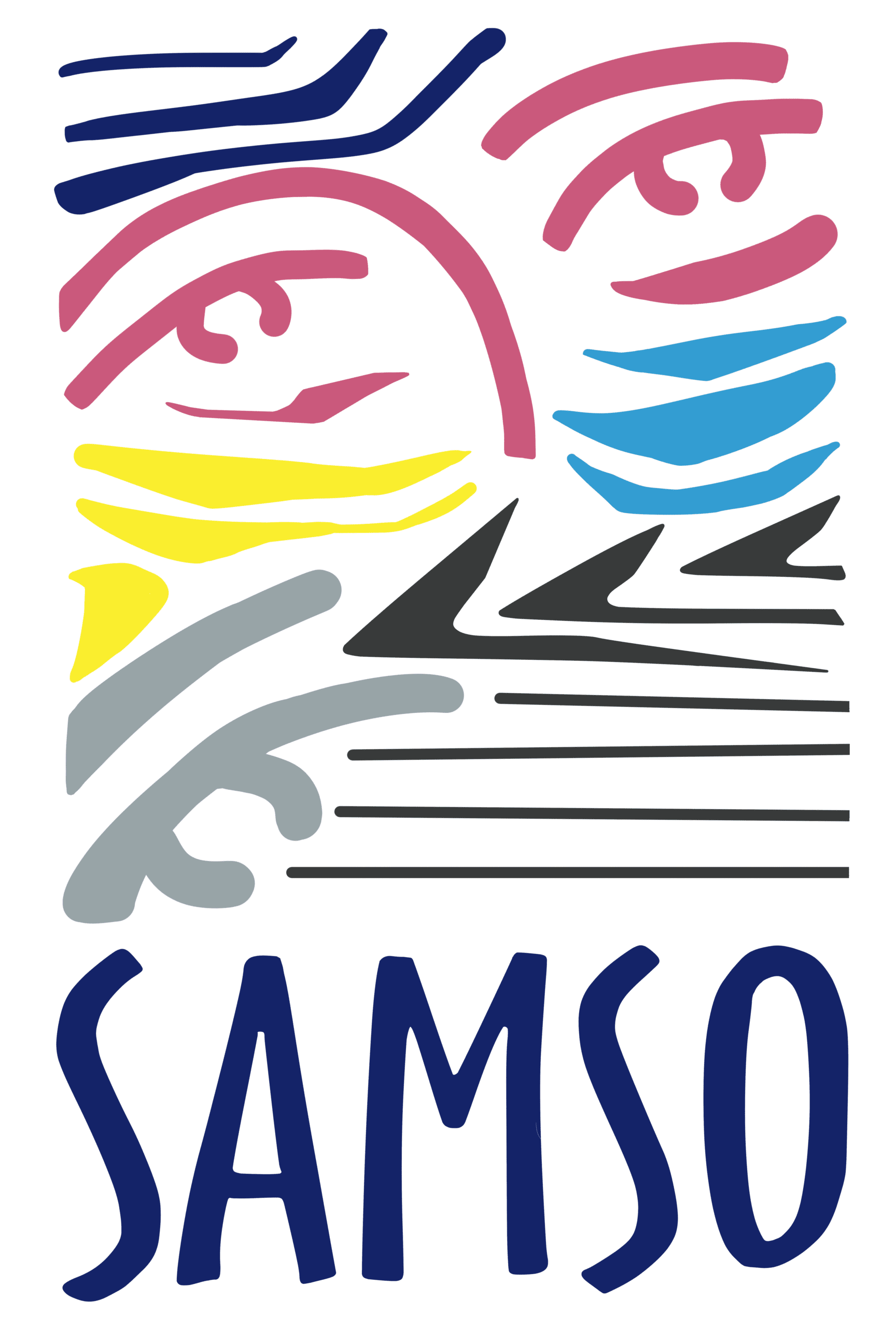Back to: How to tackle the rise of the anti-gender movement
How to talk about gender justice.
People often use many gender justice key terms interchangeably when discussing this topic. For this course, we’ve identified the essential concepts.
Are you familiar with the following gender justice terms? And do you feel confident enough to use them?
Gender justice
Gender justice describes a world where people of all genders enjoy all their human rights, have autonomy over their bodies and reproductive life and live free from violence and discrimination.
Gender justice is concerned with power, uses an intersectional approach and is part of a broader struggle for justice and human rights for all.
Patriarchy
A social system in which men hold the greatest power (socially, economically, politically) and have access to resources not typically afforded to women and gender diverse people, which is used to their advantage (indirectly or directly), and means they are valued the most at all levels of society from state institutions to the family. Women and gender diverse people are oppressed under this system and suffer human rights violations including discrimination and violence because of it.
The system relies on gender norms and beliefs that reinforce limiting and oftentimes harmful ideas about the nature and value of women and men, while disregarding the existence of gender diverse individuals. It also creates a model of masculinity that can be harmful to men too.
Misogyny
The hatred and contempt of women often expressed by men (but also by women and gender diverse people) in the form of derogatory language, harmful attitudes, and sexual and gender-based violence.
LGBTI+
An acronym that stands for lesbian, gay, bisexual, trans and intersex. The + recognises other gender and sexuality identities such as asexual, queer, gender fluid. See Amnesty International’s Gender Identity for Beginners pocket guide here.
Intersectionality

Kimberlé Crenshaw © HBO Max/Courtesy Everett Collection/Alamy
This is a feminist sociological theory first coined by American civil rights advocate Kimberlé Crenshaw in 1989. We will discuss intersectionality more in depth later in the module, but it is a term that helps people understand how different forms of discrimination interact and exacerbate inequality.
Anti-gender movement
An umbrella term that refers to groups of individuals and organisations who oppose gender justice, and actively seek to limit the human rights and freedoms of women, LGBTI+ and gender diverse people, including access to healthcare, education and employment.
Human rights
The basic rights and freedoms that belong to every person in the world, regardless of race, sex, sexual orientation and gender identity, age, disability, religion, or any other status.
Human rights are:
- Universal: they belong to every single person
- Inalienable: they cannot be taken away from us
- Indivisible and interdependent: one set of rights cannot be enjoyed fully without the other
Human rights instruments
Treaties and legislation serve as the legal framework for international human rights law and the protection of human rights. These include documents like the UN’s Universal Declaration of Human Rights and the Convention on the Elimination of All Forms of Discrimination against Women (CEDAW), a treaty often described as a bill of rights for women. They are ‘living’ tools, interpreted according to present-day conditions, so they remain relevant.























